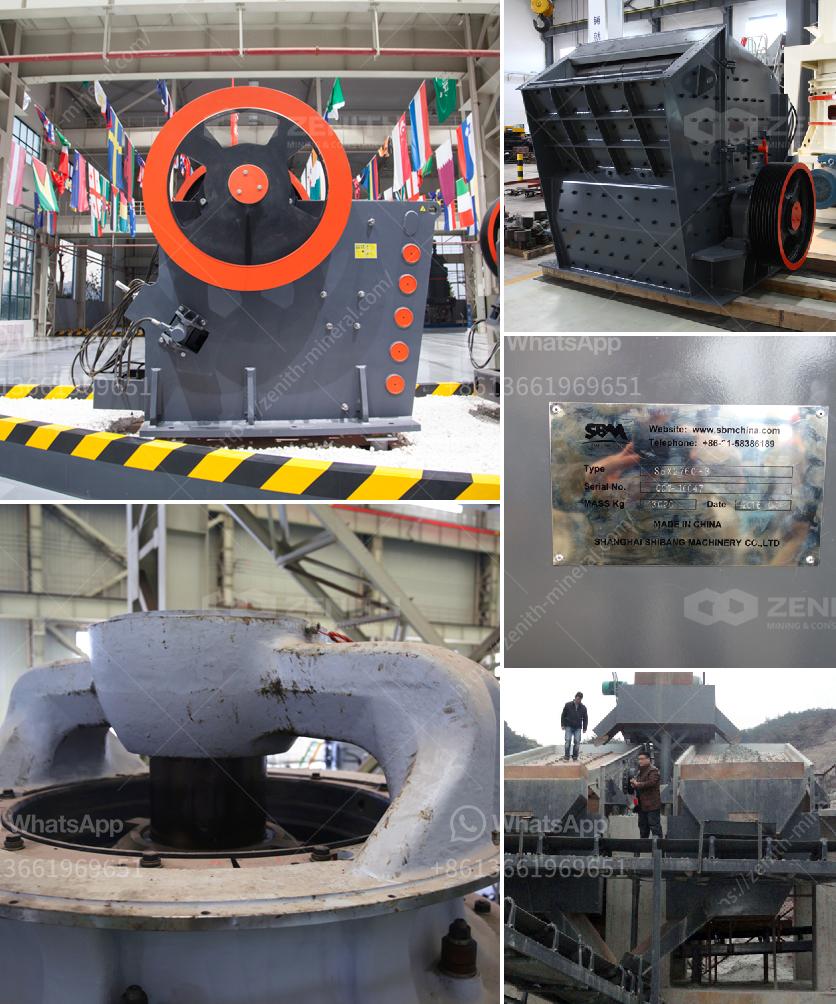Setting up a milling plant in Zambia involves several steps and considerations. Here’s a comprehensive guide to help you get started:
1. Conduct a Feasibility Study
- Market Analysis: Understand the demand for various types of milled products, such as maize flour, in Zambia.
- Competitor Analysis: Identify existing milling plants and their capacities.
- Cost Analysis: Estimate the overall cost, including equipment, labor, raw materials, and other overheads.
2. Create a Business Plan
- Develop a detailed business plan outlining your goals, strategies, financial projections, and operational plans.
3. Secure Financing
- Personal Savings: Self-finance if possible.
- Bank Loans: Approach local banks for loans.
- Grants and Investors: Seek out grants from agricultural development programs or attract private investors.
4. Choose a Suitable Location
- Accessibility: Ensure the location is accessible to suppliers and customers.
- Utilities: Check for the availability of water, electricity, and transportation infrastructure.
- Regulatory Compliance: Make sure the location complies with local zoning laws and environmental regulations.
5. Register Your Business
- Register with the Patents and Companies Registration Agency (PACRA) in Zambia.
- Obtain a Tax Identification Number (TPIN) from the Zambia Revenue Authority (ZRA).
6. Obtain Necessary Permits and Licenses
- Environmental Impact Assessment (EIA): If required, get an EIA approval from the Zambia Environmental Management Agency (ZEMA).
- Health and Safety Permits: Comply with health and safety regulations.
- Food Safety License: Obtain certification from the local health authorities.
7. Purchase and Install Equipment
- Machinery: Buy milling machines tailored to your production needs (e.g., hammer mills, roller mills).
- Installations: Ensure proper installation of all equipment, adhering to safety and operational guidelines.
8. Hire and Train Staff
- Skilled Labor: Hire experienced mill operators and staff.
- Training: Provide training on machine operation, safety practices, and quality control.
9. Source Raw Materials
- Local Farmers: Establish relationships with local maize farmers to ensure a steady supply of raw materials.
- Quality Control: Implement quality control measures to ensure the raw materials meet your standards.
10. Implement Quality Control Measures
- Regularly inspect and maintain machinery.
- Adopt stringent quality control processes to ensure the final product meets industry standards.
11. Launch and Market Your Product
- Branding: Create a brand name and packaging design.
- Marketing: Use various marketing channels like social media, local radio, and partnerships with local stores to promote your products.
12. Monitor and Scale-Up Operations
- Regularly review operational efficiency and profitability.
- Explore opportunities for scaling up, such as increasing production capacity or diversifying product lines.
By following these steps meticulously, you can successfully set up and run a milling plant in Zambia. Good luck with your venture!

